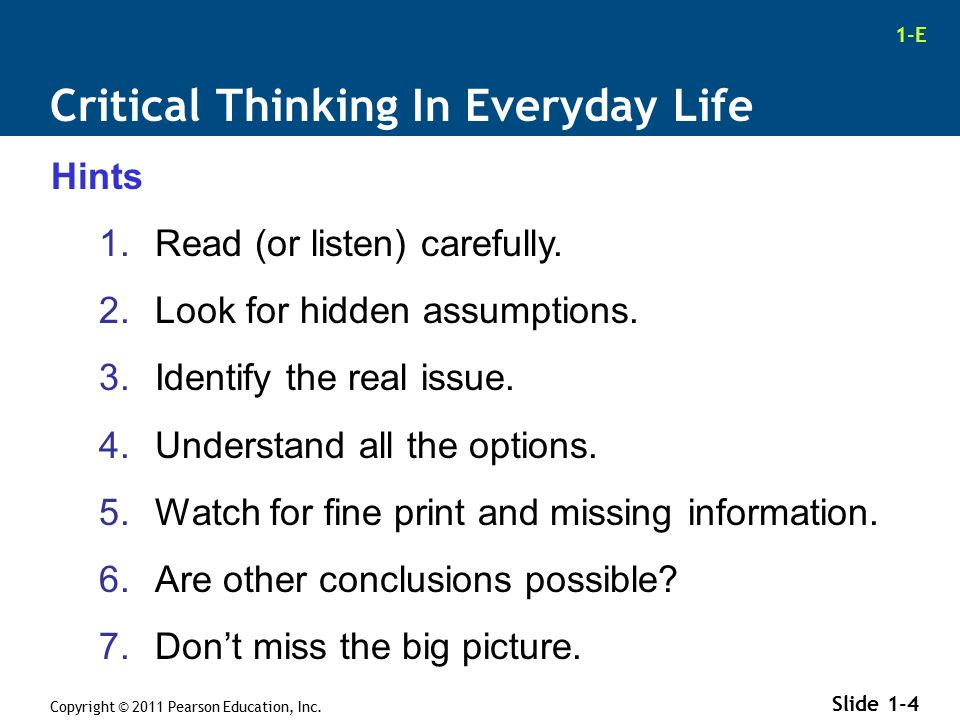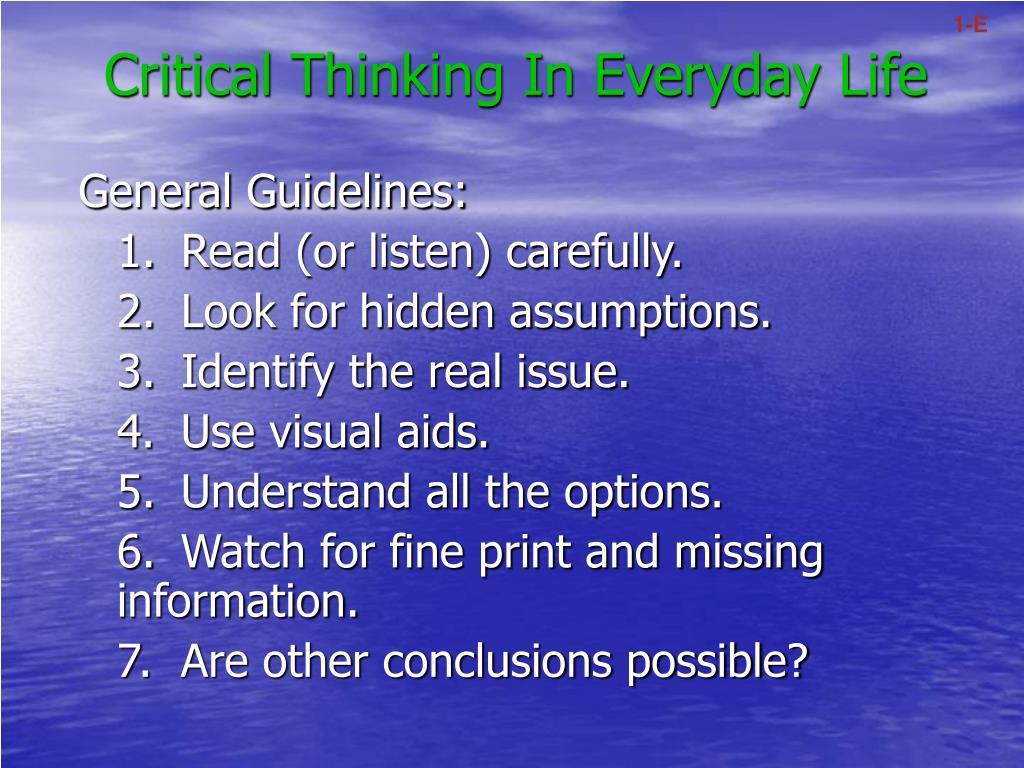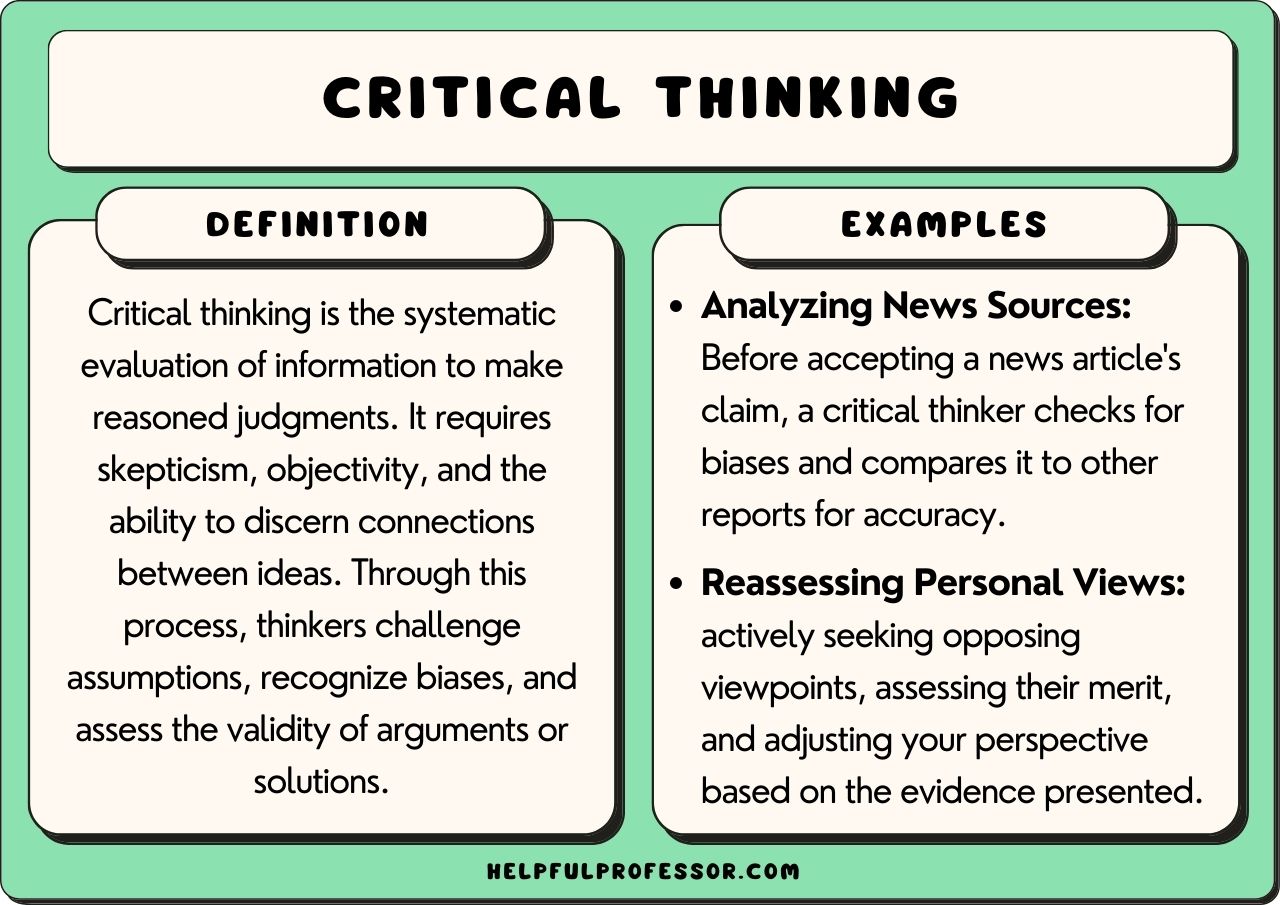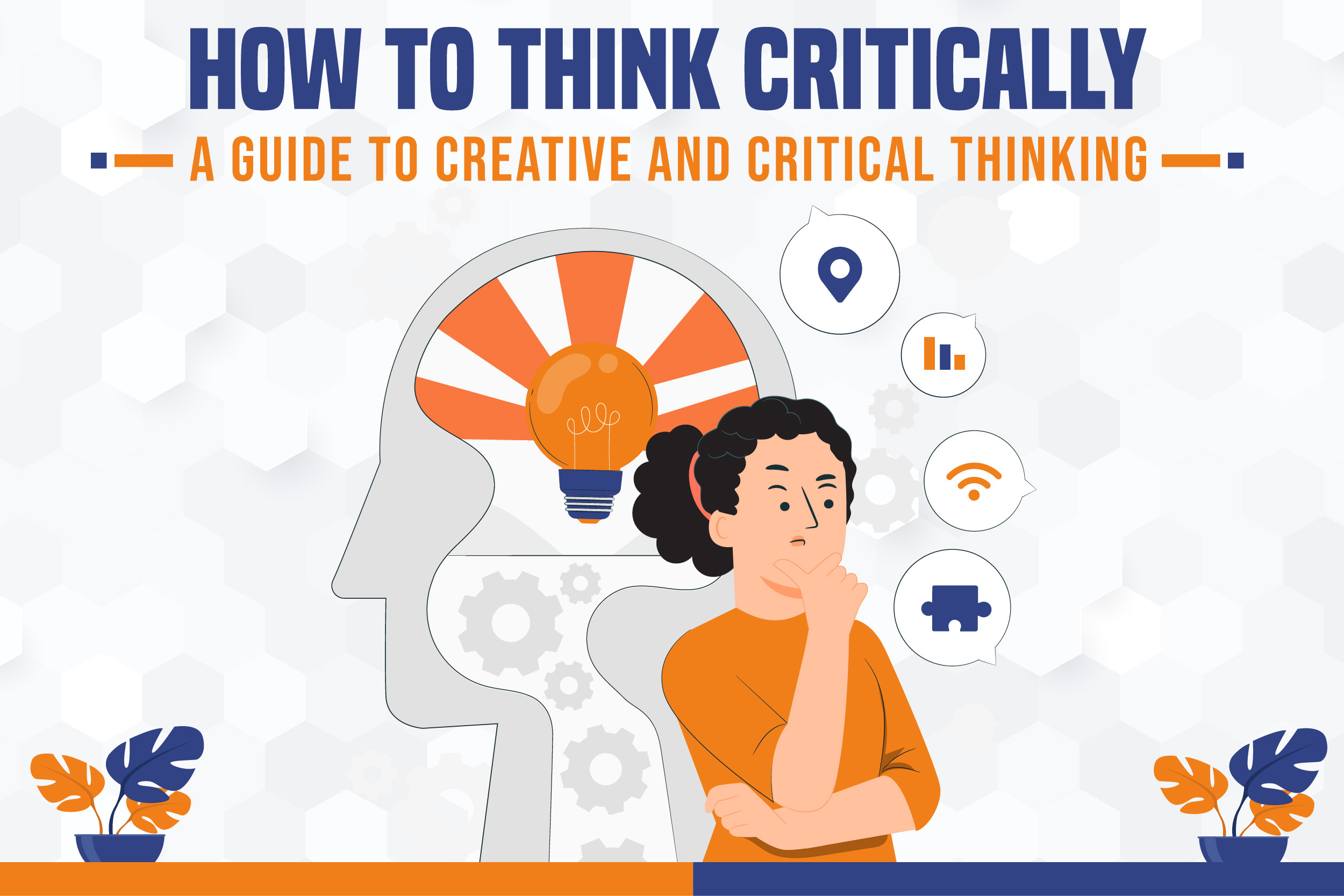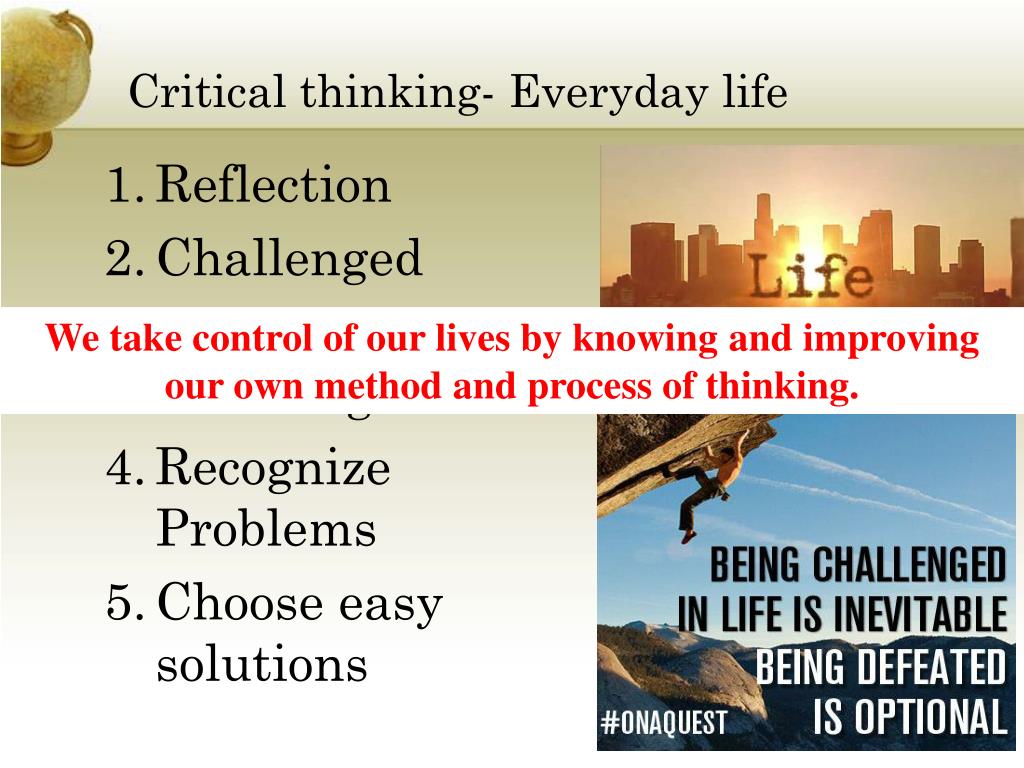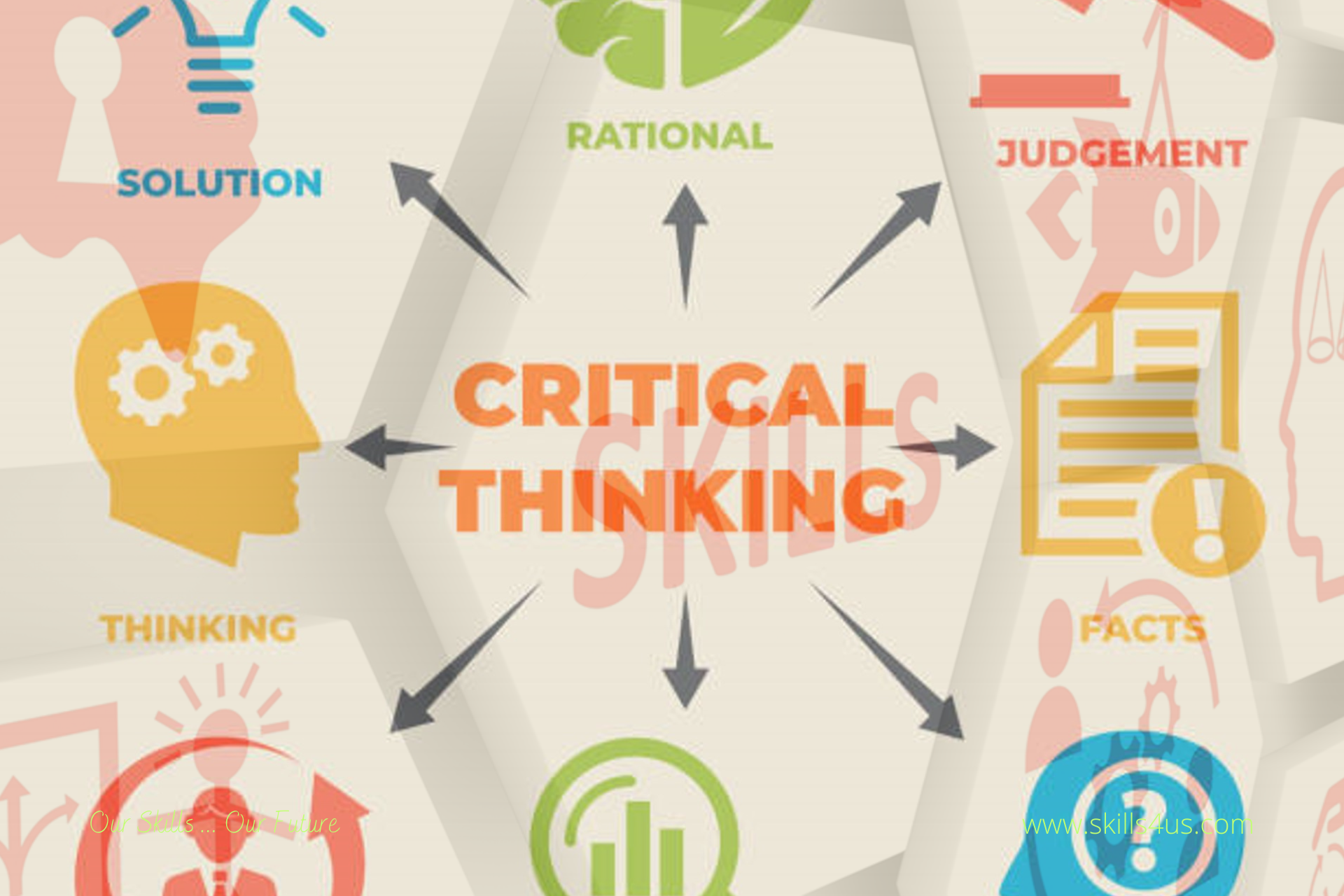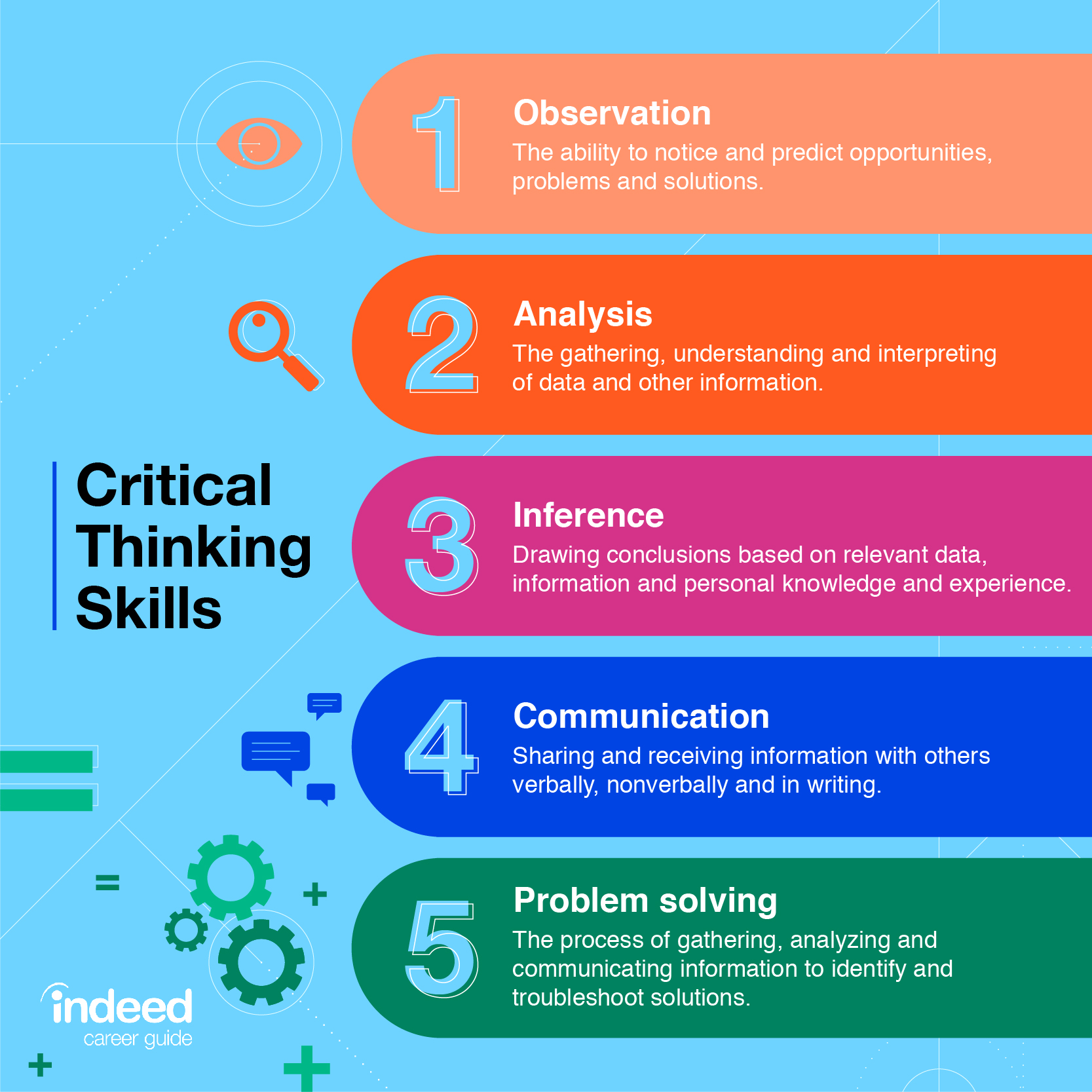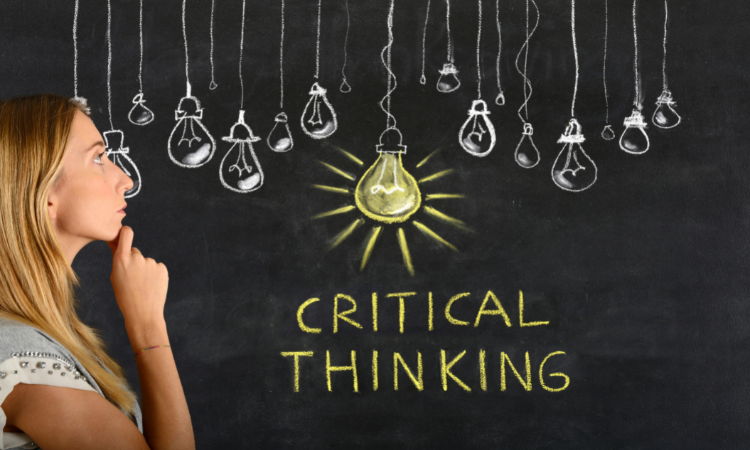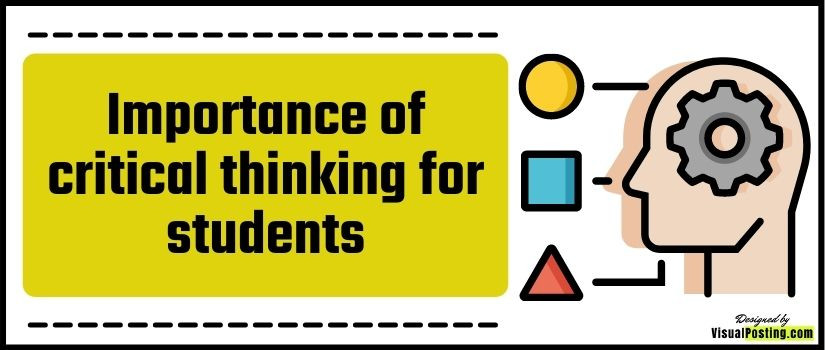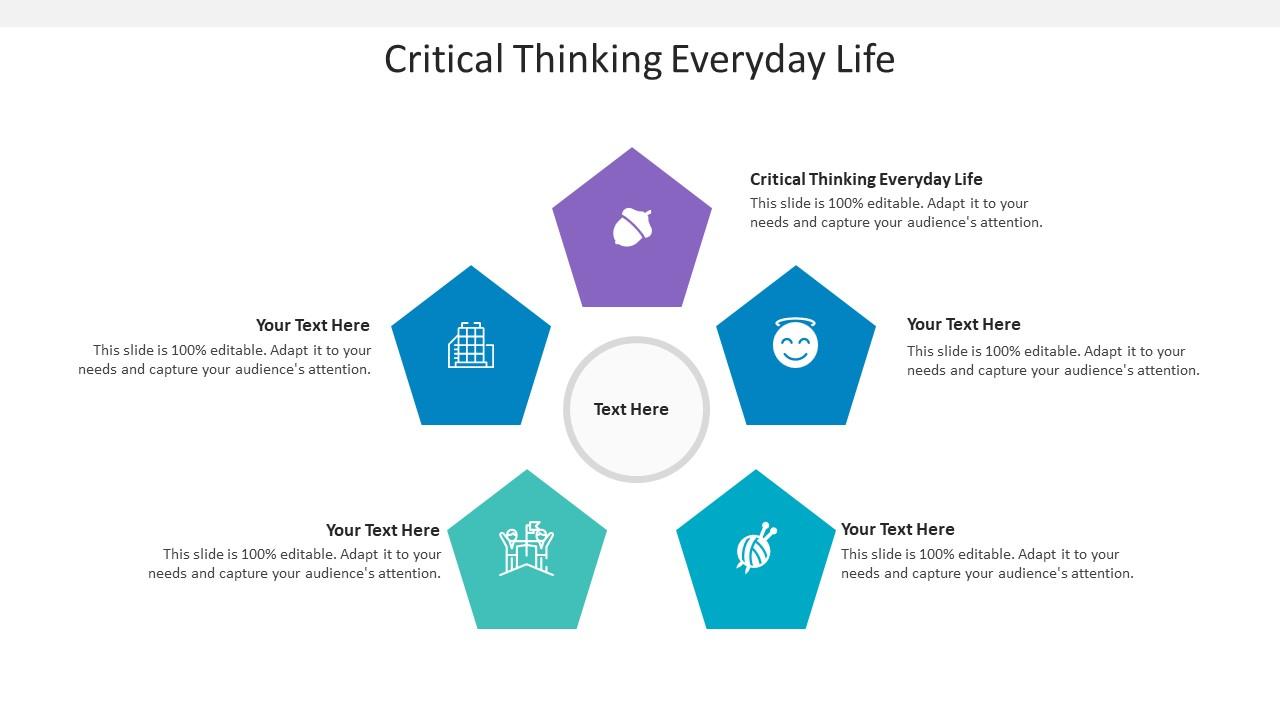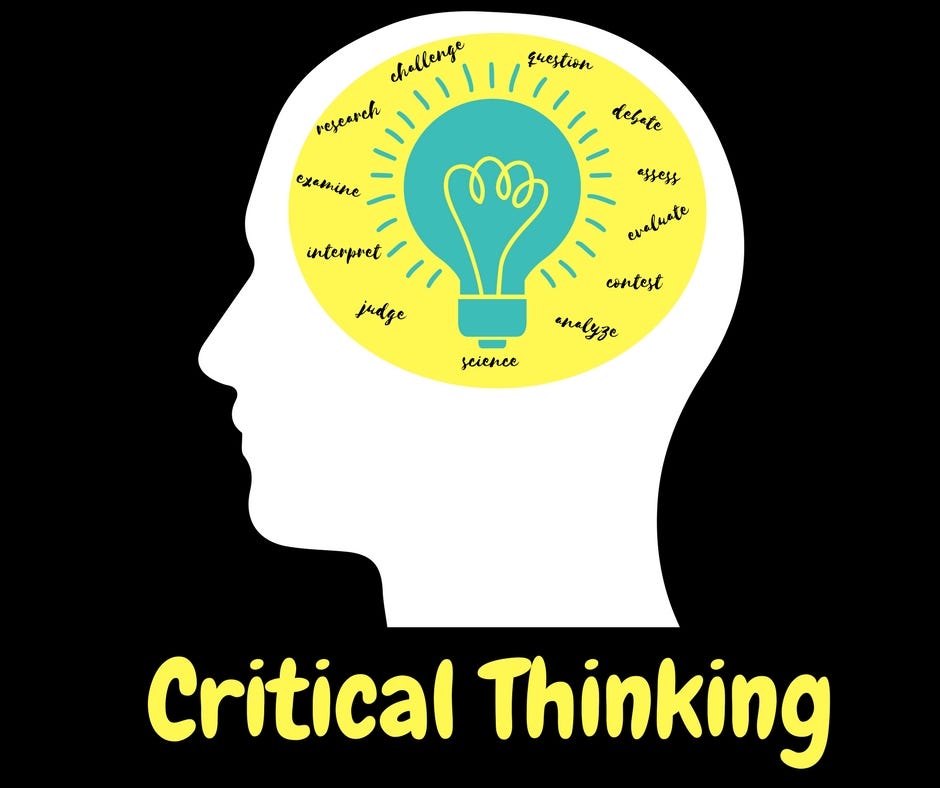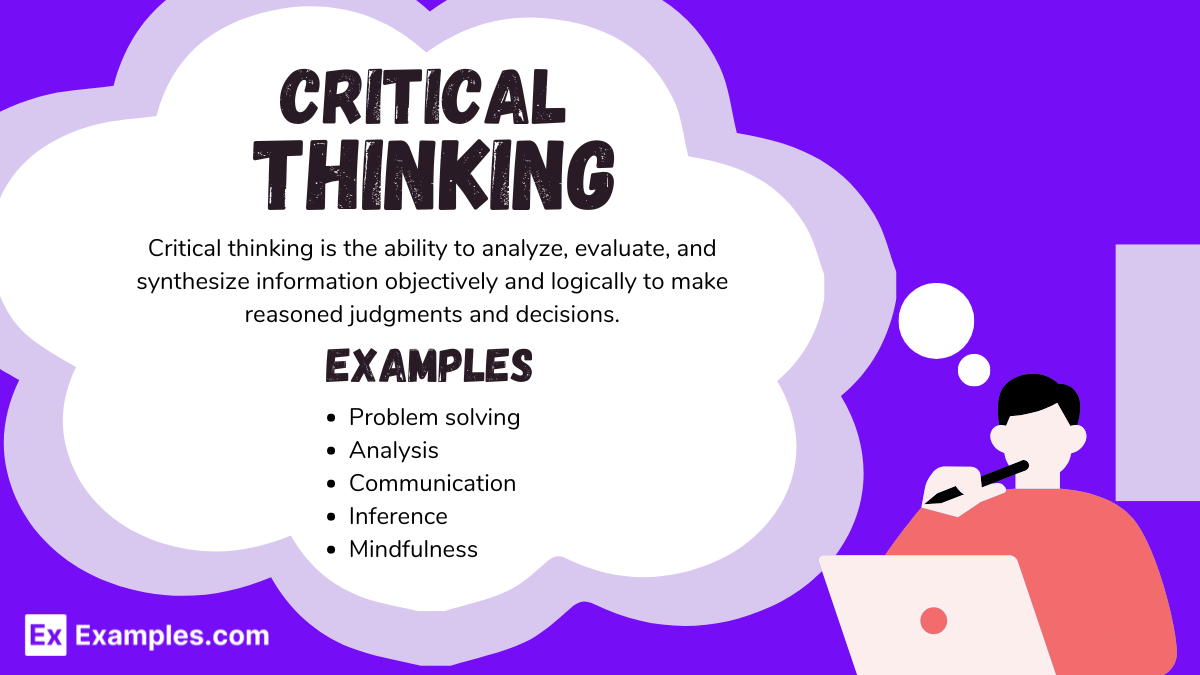How Can You Use Critical Thinking In Your Daily Life

Are you making decisions based on facts or feelings? Sharpen your mind and avoid pitfalls; critical thinking is no longer just for academics.
This essential skill helps you navigate the daily barrage of information, make informed choices, and solve problems effectively. We will explore practical ways to integrate critical thinking into your routine.
What is Critical Thinking?
Critical thinking is the ability to analyze information objectively and form a reasoned judgment. It involves evaluating sources, identifying biases, and understanding different perspectives.
Essentially, it's about thinking smarter, not harder, and moving beyond accepting information at face value.
Applying Critical Thinking to Everyday Decisions
How can you use critical thinking in daily life? Start with questioning everything. Don't automatically accept what you read or hear.
Consider the source: Is it reliable and unbiased? What evidence supports the claim?
News Consumption
Be a savvy media consumer. According to a 2023 Pew Research Center study, over 50% of adults get their news from social media, where misinformation spreads rapidly.
Compare reports from multiple news outlets. Look for factual reporting, avoid sensationalized headlines, and be wary of emotionally charged language.
Fact-check suspicious claims using reputable websites like Snopes or PolitiFact.
Financial Choices
Before making any financial decision, do your homework. Don't fall for get-rich-quick schemes.
Evaluate the potential risks and rewards. Consider consulting with a financial advisor. The Securities and Exchange Commission (SEC) warns about investment scams targeting vulnerable individuals.
Problem Solving at Work
Critical thinking is a valuable asset in the workplace. When faced with a problem, don't jump to conclusions.
Gather all relevant information. Brainstorm potential solutions and evaluate each one objectively. Weigh the pros and cons.
Interpersonal Communication
Listen actively and empathetically. Understand the other person's perspective before responding.
Avoid making assumptions and ask clarifying questions. "What makes you say that?" or "Can you elaborate on that point?" are great ways to ensure understanding. Bias is one of the reason for communication problems.
Health and Wellness
Be a critical consumer of health information. Not everything you read online is accurate.
Consult with healthcare professionals. Rely on reputable sources like the Centers for Disease Control and Prevention (CDC) and the National Institutes of Health (NIH).
Combating Cognitive Biases
Be aware of your own cognitive biases. These are mental shortcuts that can lead to irrational decisions.
Confirmation bias, for example, is the tendency to favor information that confirms existing beliefs. Actively seek out opposing viewpoints to challenge your own assumptions. Critical is the key to avoiding bias.
Examples in Action:
Imagine you see an ad promising rapid weight loss with a new supplement. A critical thinker would question the claims, research the ingredients, look for scientific evidence, and consult a doctor before trying it.
Or, suppose a colleague presents a new project proposal. Instead of immediately accepting it, a critical thinker would analyze the data, identify potential flaws, and suggest improvements.
Next Steps
Practice critical thinking skills daily. Engage in activities that challenge your thinking, such as reading books, solving puzzles, or participating in debates.
Continuously evaluate your own reasoning process. Seek feedback from others to identify blind spots. Improving the quality of your thoughs is a lifelong journey.
